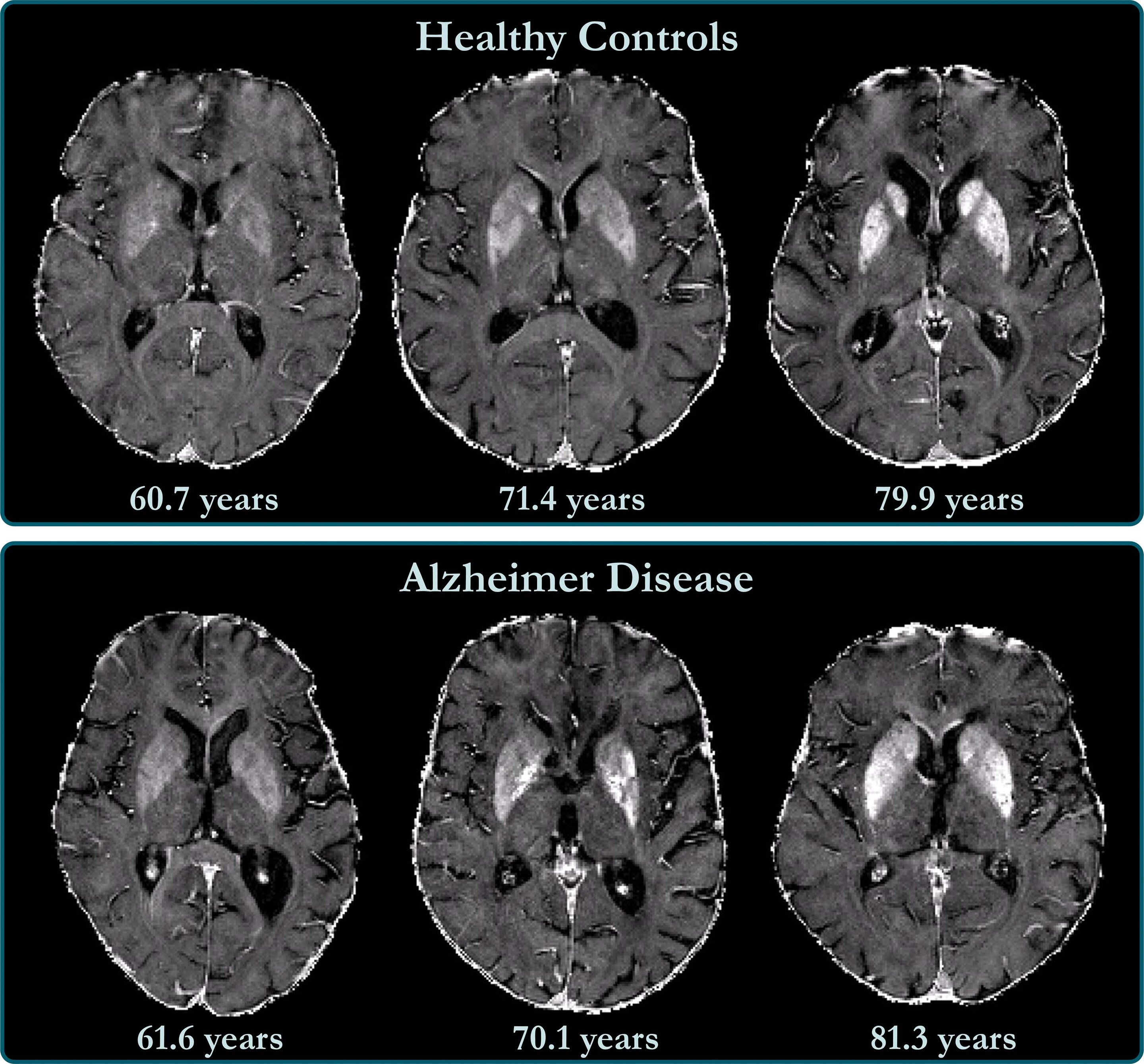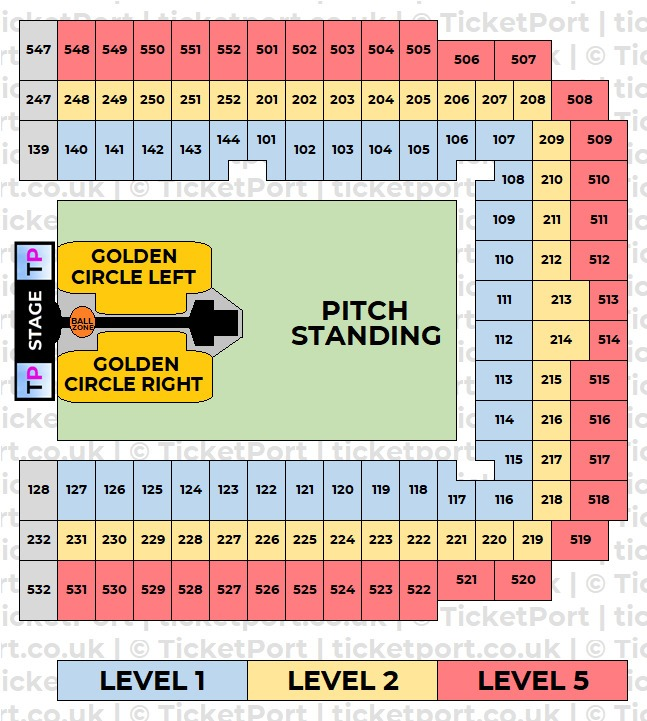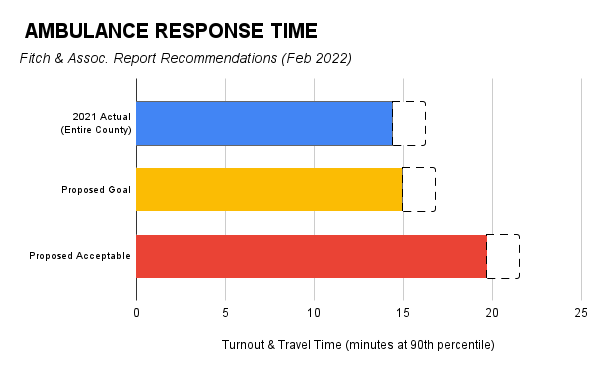Investigating The Role Of Brain Iron In ADHD And Cognitive Aging

Table of Contents
Brain Iron and ADHD
The intricate workings of the brain rely heavily on precise levels of various elements, and iron plays a crucial role.
The Role of Iron in Neurotransmitter Function
Iron is essential for the synthesis of key neurotransmitters, particularly dopamine and norepinephrine. These neurochemicals are vital for attention, focus, impulse control, and executive function – all areas significantly impacted in individuals with ADHD.
- Dopamine: A deficiency in dopamine, potentially linked to iron dysregulation, can manifest as inattention, difficulty concentrating, and impaired executive function.
- Norepinephrine: Imbalances in norepinephrine, also reliant on iron, might contribute to hyperactivity and impulsivity, common symptoms of ADHD.
Several studies are investigating iron levels in the brains of individuals with ADHD, though more research is needed to establish definitive links between specific iron levels and symptom severity. This research explores both iron deficiency and iron overload as potential contributors to ADHD symptoms.
Iron and Brain Development in ADHD
Emerging research suggests that iron dysregulation might disrupt brain development during critical periods, increasing susceptibility to ADHD. This hypothesis is supported by the observation that iron plays a vital role in myelination, synapse formation, and overall brain structure development.
- Genetic Predisposition: Genetic variations influencing iron metabolism may play a role in determining an individual's vulnerability to ADHD. Further research is needed to pinpoint specific genes and their interactions.
- Environmental Factors: Prenatal and postnatal factors affecting iron intake or absorption could also contribute to iron dysregulation and increased ADHD risk.
Potential Therapeutic Interventions Targeting Iron
While not yet a standard treatment, research is exploring potential therapeutic strategies targeting iron modulation in ADHD.
- Iron Chelation: In cases of iron overload, chelation therapy (removing excess iron) might be explored as a potential intervention.
- Iron Supplementation: Conversely, in cases of iron deficiency, supplementation could be considered, though it requires careful monitoring to avoid potential adverse effects. Further research is crucial to determine the efficacy and safety of these approaches in ADHD.
Brain Iron and Cognitive Aging
As we age, the brain undergoes significant changes, and iron metabolism is no exception.
Iron Accumulation and Neurodegeneration
With age, iron tends to accumulate in specific brain regions, potentially leading to oxidative stress. This process can damage brain cells and contribute to neurodegeneration, a hallmark of age-related cognitive decline.
- Oxidative Stress: Excess iron can generate free radicals, causing damage to cellular components and accelerating the aging process.
- Amyloid Plaques and Neurofibrillary Tangles: Iron has been implicated in the formation of amyloid plaques and neurofibrillary tangles, characteristic pathological features of Alzheimer's disease.
Iron and Cognitive Function in Older Adults
Numerous studies link elevated brain iron levels to poorer cognitive performance in older adults. This association is observed across various cognitive domains.
- Cognitive Impairment: Iron dysregulation may contribute to a range of cognitive impairments, including memory loss, executive dysfunction, and difficulty with complex problem-solving.
- Iron Homeostasis: Maintaining proper iron homeostasis (balance) throughout life is crucial for preserving cognitive function in old age.
Strategies for Managing Brain Iron in Aging
While we cannot stop the aging process, several strategies may help manage brain iron levels and promote healthy cognitive aging.
- Lifestyle Modifications: A balanced diet rich in antioxidants, regular physical exercise, and cognitive stimulation can support brain health and potentially mitigate iron-related damage.
- Pharmacological Interventions: Research is exploring potential pharmacological interventions to modulate iron levels or reduce oxidative stress in the aging brain, though these are still in early stages of development.
The Interplay Between Brain Iron and Both Conditions
The relationship between brain iron and both ADHD and cognitive aging is complex and likely involves overlapping mechanisms.
- Shared Mechanisms: Oxidative stress and neuroinflammation, both potentially linked to iron dysregulation, could play a role in both conditions.
- Genetic and Environmental Factors: Shared genetic predispositions or environmental exposures influencing iron metabolism might increase susceptibility to both ADHD and age-related cognitive decline.
Conclusion: Understanding the Role of Brain Iron in ADHD and Cognitive Aging
This article highlights the emerging evidence linking brain iron dysregulation to both ADHD and cognitive aging. While much remains to be discovered, the potential for targeted therapeutic interventions focusing on iron modulation offers a promising avenue for future research. Further investigation is crucial to understand the complex interplay between iron metabolism, genetics, and environmental factors in these conditions. Learn more about the role of brain iron in ADHD and cognitive aging. Seek professional advice for concerns about ADHD or cognitive decline and explore resources for managing your iron levels through diet and lifestyle choices. Improving our understanding of brain iron is key to developing effective strategies for managing ADHD, mitigating cognitive aging, and ultimately enhancing overall brain health.

Featured Posts
-
 Chicagos Zombie Office Buildings A Real Estate Crisis
Apr 29, 2025
Chicagos Zombie Office Buildings A Real Estate Crisis
Apr 29, 2025 -
 Snow Fox Tuesday February 11th Closures And Delays
Apr 29, 2025
Snow Fox Tuesday February 11th Closures And Delays
Apr 29, 2025 -
 Trump Supporter Ray Epps Defamation Lawsuit Against Fox News Details Of The Jan 6 Allegations
Apr 29, 2025
Trump Supporter Ray Epps Defamation Lawsuit Against Fox News Details Of The Jan 6 Allegations
Apr 29, 2025 -
 Finding Capital Summertime Ball 2025 Tickets From Braintree And Witham
Apr 29, 2025
Finding Capital Summertime Ball 2025 Tickets From Braintree And Witham
Apr 29, 2025 -
 New Report Details The Horrifying D C Blackhawk Passenger Jet Crash
Apr 29, 2025
New Report Details The Horrifying D C Blackhawk Passenger Jet Crash
Apr 29, 2025
Latest Posts
-
 Yate Recycling Centre Incident Air Ambulance Response
Apr 30, 2025
Yate Recycling Centre Incident Air Ambulance Response
Apr 30, 2025 -
 Air Ambulance Called To Incident Near Yate Recycling Centre
Apr 30, 2025
Air Ambulance Called To Incident Near Yate Recycling Centre
Apr 30, 2025 -
 Mortalite Routiere Le Role Des Glissieres De Securite Dans La Prevention Des Accidents
Apr 30, 2025
Mortalite Routiere Le Role Des Glissieres De Securite Dans La Prevention Des Accidents
Apr 30, 2025 -
 Ameliorer La Securite Routiere L Efficacite Des Glissieres De Protection
Apr 30, 2025
Ameliorer La Securite Routiere L Efficacite Des Glissieres De Protection
Apr 30, 2025 -
 Plus De Glissieres Moins D Accidents Evaluation De L Impact Sur La Securite Routiere
Apr 30, 2025
Plus De Glissieres Moins D Accidents Evaluation De L Impact Sur La Securite Routiere
Apr 30, 2025
